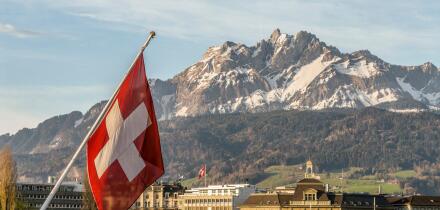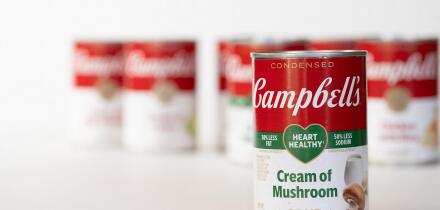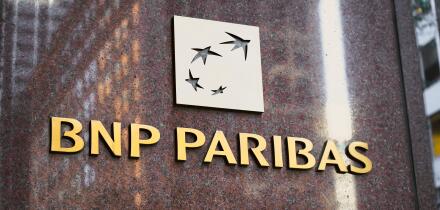Niche currencies have provided fertile ground for sovereign, supranational and agency borrowers in 2019.
Norwegian krone issuance climbed to a high of Nkr88.9bn ($9.8bn) by the end of October, up Nkr53bn from 2018, and in Australia issuers have placed A$20.1bn ($13.7bn) into the market, compared to A$18.0bn last year, according to Dealogic. Meanwhile, issuance in Canadian dollars is up by C$2.1bn to C$7.7bn ($5.8bn), according to BMO Capital Markets.
But such opportunities are transient. “It is hard to predict whether we will see issuance as high as this year in 2020, as competitive levels versus issuers’ home currency can quickly come and go,” says Massimo Antonelli, managing director at BMO Capital Markets in London.
The fortunes of niche currencies are partly dependent on those of the US economy. A slowdown in growth would hurt many of the currencies in which SSAs have successfully played in 2019 as investors seek security and run for the dollar.
“Our expectation is that the US moves into recession next year,” says Jane Foley, head of FX strategy at Rabobank in London. “If that’s the case then there are negative headwinds ahead for commodities currencies, be it Norwegian kroner, Australian or Canadian dollars.”
Issuers lean on Maple, Nokkie and Aussie for arb
The Norwegian krone market has been a particular bright spot in 2019. “Many issuers have really rediscovered this market,” says Danske Bank’s Stockholm-based global head of SSA origination Gustav Landström. “As an arb currency, Norwegian krone is functioning very well. I think SSA issuers have done the right thing in taking advantage.”
German agency KfW has had a record year in the currency, issuing Nkr19.5bn, according to data from Dealogic and the issuer itself, up from Nkr3.75bn in 2018.
Good funding levels afforded by attractive basis swaps into euros and dollars helped to drive up non-domestic interest in the currency.
This year, the US dollar/Norwegian krone basis swap has offered “quite nice levels”, Landström says. While euro/Norwegian krone has been less attractive issuers have still been able to print. “With the low yield environment in euros, Nokkie still works despite the basis not being great,” he adds.
Similarly, an attractive basis swap has allowed SSAs to achieve their best year in Australian dollar issuance since 2017, according to Dealogic.
Australian dollar borrowers such as the Inter-American Development Bank offset offshore funding from domestic Australian banks through currency swaps, “creating active basis swap flows,” says Laura Fan, head of funding at IADB in Washington DC.
The Australian dollar was the IADB’s third largest funding currency in 2019 and 2018, at A$1.625bn and A$1.19bn respectively, according to Dealogic.
The IADB “expects Australian dollars to remain [a key part of funding in 2020] due in part to the dynamic basis swap and broad investor interest in the Australian dollar market,” says Fan.
Over in Canadian dollars, SSAs have once again had one of their highest volume years.
Domestic bank treasuries have “welcomed the yield pick-up of an AAA rated SSA versus Canadian Mortgage Bonds,” says BMO’s Antonelli. “This year it made sense to issue in Canadian dollars given the move lower in US dollar swap spreads.”
Green shoots in niche markets
Canada has proven receptive to green and sustainable issues, with demand coming from “domestic real money,” says Antonelli.
In July, the World Bank made a splash with a C$1.5bn five year sustainable development bond to fund ocean and water related projects. The International Finance Corporation joined in September to launch its first Canadian dollar green bond. The C$750m ($567m) print was the issuer’s largest ever in the currency, as well as the tightest an international SSA issuer has printed against the Canadian Mortgage Bond curve. And in October, the IADB chose Canadian dollars to inaugurate its new sustainable development bond programme.
With swap spreads favourable and demand high, borrowers have also found success printing sustainable finance products in Nokkie and Kangaroo paper. In April, the African Development Bank brought the first social bond to the Norwegian market and that same month the IADB printed its inaugural Kangaroo EYE (education, youth and employment) bond, the product of more than four years of promoting the programme to domestic Australian investors. GC






